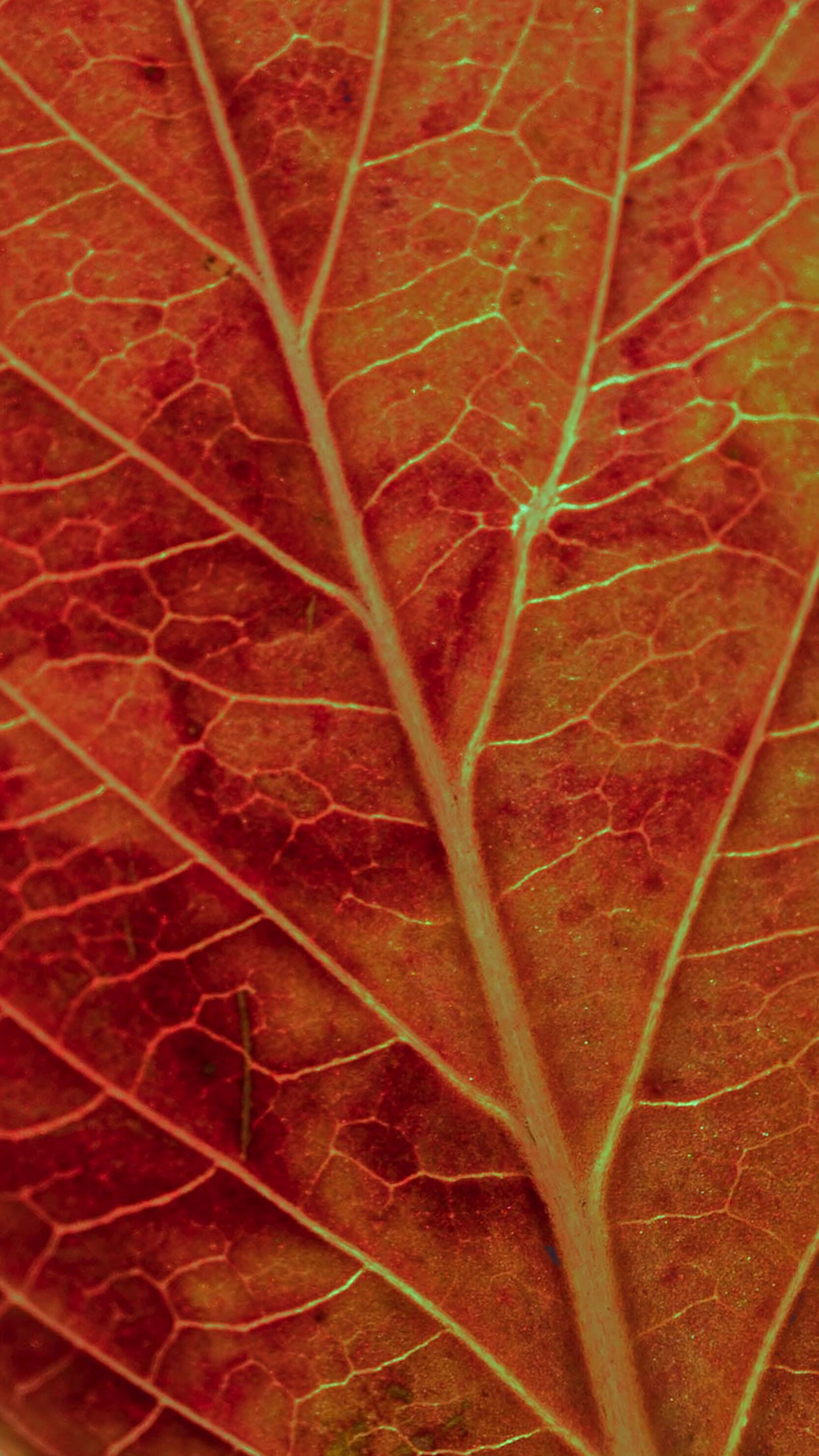Tuesday Reads: Edvard Munch
© Federica Belli
“Photography and portraiture. The second requirement of a portrait is that it does not appear to be constructed in a pose. The first is for it to be art. [...] Thus, some people retort – well, we want a work of art. Alright, but try to recognise yourself in a work of art: you can’t. They wish the painter behaved like a camera. They would like me to capture the subject before me as he knows himself, as he has seen himself in an infinity of secret moments, in a multitude of enthralling life circumstances, as the tailor has measured him, [...] certainly not as the artist sees him. Certainly not according to the immediate impression which is, in itself, the first condition of artistic production.”
While many art languages have reached a point beyond the conflict between objectivity and subjectivity, photography still faces the issue. And, actually, such friction is felt by photographers more intensely than ever. In fact, our time is characterised by repeated attempts to vouch a previously unrecognised potential of the medium: the possibility to represent life happening before our eyes in a way that they remain recognisable by others while responding to a subjectively felt visual language. A faculty that is currently attributed to painters, but not to photographers yet.
Over time, the photographic medium has been universally and reliably linked to a faithful representation of reality. How come that its most able users, barely two hundred years after its invention, are trying to completely alter its role and shift the expectations linked to its usage? While the reason might lie in personal ambition to expand the horizons of the medium one specialises in, there seems to be more to it. First of all, any photograph features a quite relevant additional layer with respect to a painting depicting the same matter: while what is painted can be otherworldly in its entirety, what is photographed, while it can definitely be staged, must have occurred right before the photographer’s eyes. It must have happened, which assigns a whole new credibility to the depiction. At the same time, such credibility is challenged by any attempt to visually alter reality through the camera. Is it a contradiction?
© Federica Belli
In the quote above, Munch pushes his belief that a clear division separates photography and painting; however, such division lies in the visual reliability expected out of photography, rather than in its overall testimony of what has happened. And such impasse is being surpassed by contemporary photographers, who are successfully managing to report reality while touching chords that can be reached only through skilled visual elaboration and artistic reinterpretation. Thus, what we are witnessing is a stepping stone in the evolution of a medium that is impressively young compared to the ones it is compared to. What can we expect from future evolutions of photography?
More and more often, when being photographed–and thus, portrayed–people are not looking for a simple snapshot of their appearance. Otherwise, they would have taken a simple white-background selfie. That kind of photography is now decisively assigned to each individual’s phone–to the expressive potential of social medias and selfies. What the term portrait has come to entail is a subjective perspective, an additional layer arising from the sensibility that is peculiar to each photographer.
More and more often, when being photographed–and thus, portrayed–people hope to be looked through, in what almost resembles a X-ray scan, in order to get a glimpse of how the artist perceives their aura after a first impression only. More and more often, both the photographer and the photographed subject are on a quest for more than a photograph, through a photograph.









